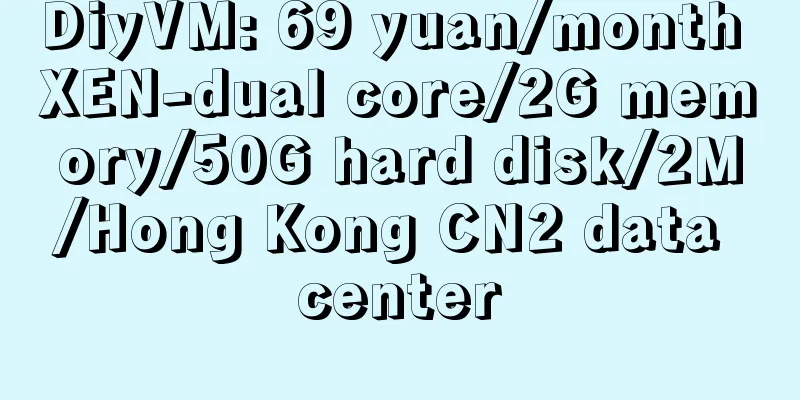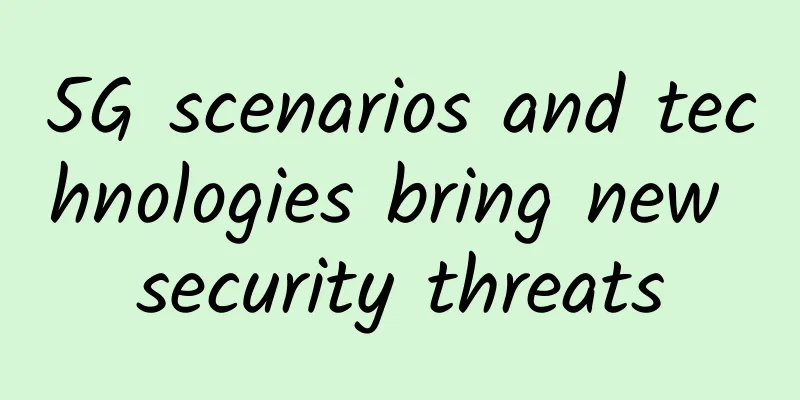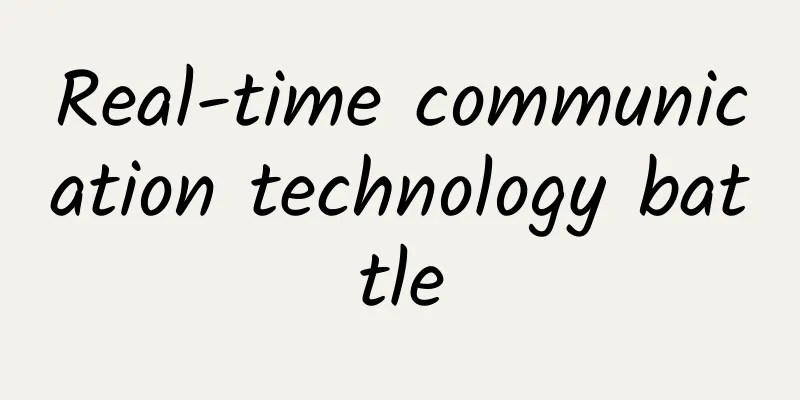This article will help you understand the difference between fog computing and edge computing!

|
1. What is the difference between fog computing and edge computing? Fog computing and edge computing are concepts that were proposed in earlier years, but why have they started to develop vigorously in recent years? Previously, the development of the Internet of Things industry was not as rapid as it is now, and there were not so many Internet of Things devices. In the past, data was collected at the front end and calculated in the cloud via network transmission, and the calculation results and other data were returned to the front end for corresponding operations. However, what we are facing now is the access of huge IoT devices. The amount of data generated every day has brought huge transmission pressure to the network. It is very unrealistic to transmit TB-level calculations to the cloud for real-time data interaction. Take self-driving cars for example, which require lower network latency, which also makes it necessary to move computing power closer to the edge to improve the safety of their operation. Based on this, fog computing and edge computing are widely valued. 2. Fog computing and edge computing (1) Fog Computing This concept was first coined by Cisco in 2011 and is relative to cloud computing. It is not a group of powerful servers, but a collection of less powerful and more distributed computers that function in appliances, factories, cars, street lights and other objects in our lives. To put it simply, it expands the concept of cloud computing. Compared with cloud computing, it is closer to where the data is generated. Data, data-related processing and applications are concentrated in devices at the edge of the network, rather than being almost all stored in the cloud. (2) Edge Computing It further advances the concept of "local area network processing power" in fog computing, but in fact the concept of edge computing was proposed earlier than fog computing. The origins of edge computing can be traced back to the 1990s, when Akamai launched a content delivery network (CDN) that set up transmission nodes close to end users. These nodes can store cached static content such as images and videos. The processing power of edge computing is closer to the data source, and its applications are initiated on the edge side, resulting in faster network service responses and meeting the basic needs of the industry in real-time business, application intelligence, security and privacy protection, etc. Edge computing is between physical entities and industrial connections, or at the edge end of physical entities. The entire edge computing system includes four key parts: smart devices (assets), industrial smart gateways: www.top-iot.com/, smart systems, and smart services. It is a "bridge" connecting the physical world and the virtual world.
3. Similarities and differences between fog computing and edge computing Both fog computing and edge computing systems move data processing to the source of data generation; Both try to reduce the amount of data sent to the cloud to reduce latency; through the above strategies; Both can improve system response times in remote critical applications, increase system security by reducing the need to send data over the public Internet, and reduce costs. Some applications may collect large amounts of data that would be costly to send to a central cloud service. But only a small amount of the data they collect may be useful. If some processing is done at the edge of the network and only relevant information is sent to the cloud, costs can be effectively reduced. For example, with security cameras, it would be very expensive to send 24 hours of video to a central server, of which 23 hours might just be a picture of an empty hallway. If you use edge computing and perform corresponding edge computing through an industrial intelligent gateway, only important data will be sent. You can choose to send only the hour when something actually happened, and the cost will be much lower. Taking a vacuum cleaner as an example, a centralized fog node (or IoT gateway) continues to collect information from sensors in the home and starts the vacuum cleaner if garbage is detected. In the edge computing solution, sensors determine whether there is garbage and send a signal to start the vacuum cleaner. Both fog computing and edge computing involve processing data closer to the origin. The key difference is exactly where the processing occurs.
4. Fog computing and edge computing are used differently As we can see, both techniques are very similar. The fog computing process takes place on a local area network (LAN) level network architecture, using a centralized system interacting with smart gateways and embedded computer systems. Most of the data processed by edge computing comes from the IoT devices themselves. According to a recent report by Million Insights, the global edge computing market size is expected to reach approximately $3.24 billion by 2025. As the Internet of Things continues to grow and produce ever-larger volumes of data, it will become imperative to process that data close to the point of generation. Although fog computing and edge computing are somewhat similar, the methods of data collection, processing, and communication are indeed different. Both have their own strengths. Fog computing and edge computing will play a very important role in the future Internet of Things industry. Okay, that’s all for today’s sharing. |
>>: You have to know these eleven functions of the router
Recommend
DAMO's full-stack data solution is grandly launched, opening a new journey for domestic databases
The Fifth Plenary Session of the 19th CPC Central...
HostDare: 20% off for Japan VPS starting at $18.39/half year, 60% off for Los Angeles VPS starting at $10.4/year
HostDare launched the Japanese VPS at the end of ...
Sign up for the 2019 Huawei Cloud Kunpeng Developer Competition now. Developers can collect prize money while playing games!
[51CTO.com original article] In the movie "L...
What does the increasingly popular 5G public network dedicated service mean?
[[426454]] This article is reprinted from the WeC...
You must know the five common misconceptions about HTTPS
Nowadays, the https protocol is widely valued and...
5G is so good, but how many people can afford the data charges?
In the past 2019, with the issuance of 5G commerc...
Http protocol: Under what circumstances does an options request occur?
background: A new colleague asked me that there w...
Kunpeng spreads its wings and walks with youth | Kunpeng University Tour Shanghai Jiao Tong University special session explores technology, practice and innovation
On the afternoon of December 4, the first stop of...
5G is here! How long will it take for it to be truly universally adopted?
4G, the mobile network that allows us to make cal...
HTTP 401 Error vs HTTP 403 Error – Status Code Response Explanation
We’ve covered the 403 HTTP error code in detail b...
Frost & Sullivan | Venustech Web Application Firewall ranks first in market share and leads the WAF market in Greater China
Recently, Frost & Sullivan, a global authorit...
Huawei Mate X is a new species. You think foldable phones are simple!
In the mobile phone industry in 2019, foldable sc...
DogYun launches Chongqing independent server with monthly payment starting from 200 yuan, E5-2630v4/64GB memory/800G SSD hard drive
DogYun has been mainly providing independent serv...
The Implications of the ZTE Incident for Operators
Although the ZTE incident has not yet reached a f...
It took two years for 5G messaging to be officially commercialized. Is that it?
With the development of science and technology, t...





![[6.18] OneTechCloud: VPS 30% off monthly payment starting from 19 yuan, Hong Kong CN2/CMI large bandwidth/US CN2 GIA/high defense optional](/upload/images/67cabe9645d50.webp)



